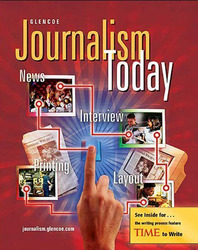Decide which of the following statements are True and which are False. Select True for correct statements and False for incorrect statements.
1.
A) True B) False 2.
A) True B) False 3.
A) True B) False 4.
A) True B) False 5.
A) True B) False 6.
A) True B) False 7.
A) True B) False 8.
A) True B) False 9.
A) True B) False 10.
A) True B) False





